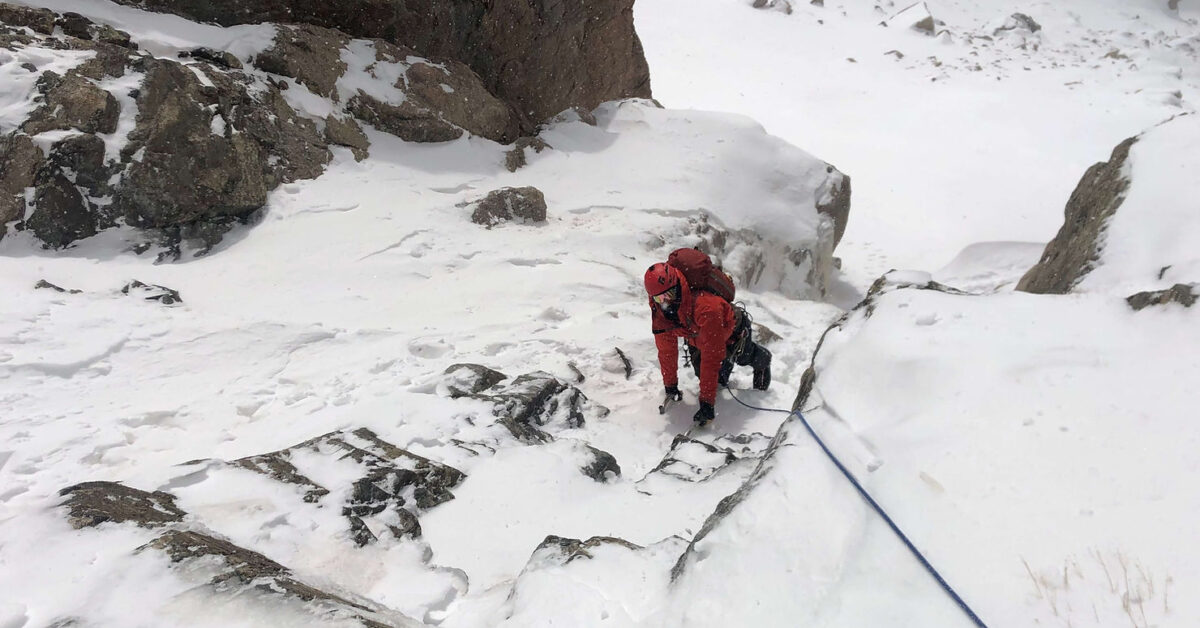
While humans have been climbing up mountains for centuries. The modern sport climbing with ropes just for the fun of it is a relatively new idea. Yet the earliest form of climbing simply for the sake of getting to the top of a mountain occurred in the mid 14th century. Antonine De Ville was ordered to climb Mont Aiguille (shown below) to look for a holy sign at the top. To do this him and a couple of friends used ladders and other techniques designed for scaling castle walls to make there way up this mountain. Having reached the top of the mountain they stayed there for 6 days waiting for the holy sign then when one did not come they placed 3 crosses on the side of the mountain so everybody would know that it had been done and headed home. Antone would use the same system of ladders and nails to get up a couple of other mountains throughout the rest of his life. But his big contribution was not the mountains that he scaled but the idea that these peaks could be climbed rather than simply being a place reserved for the gods.
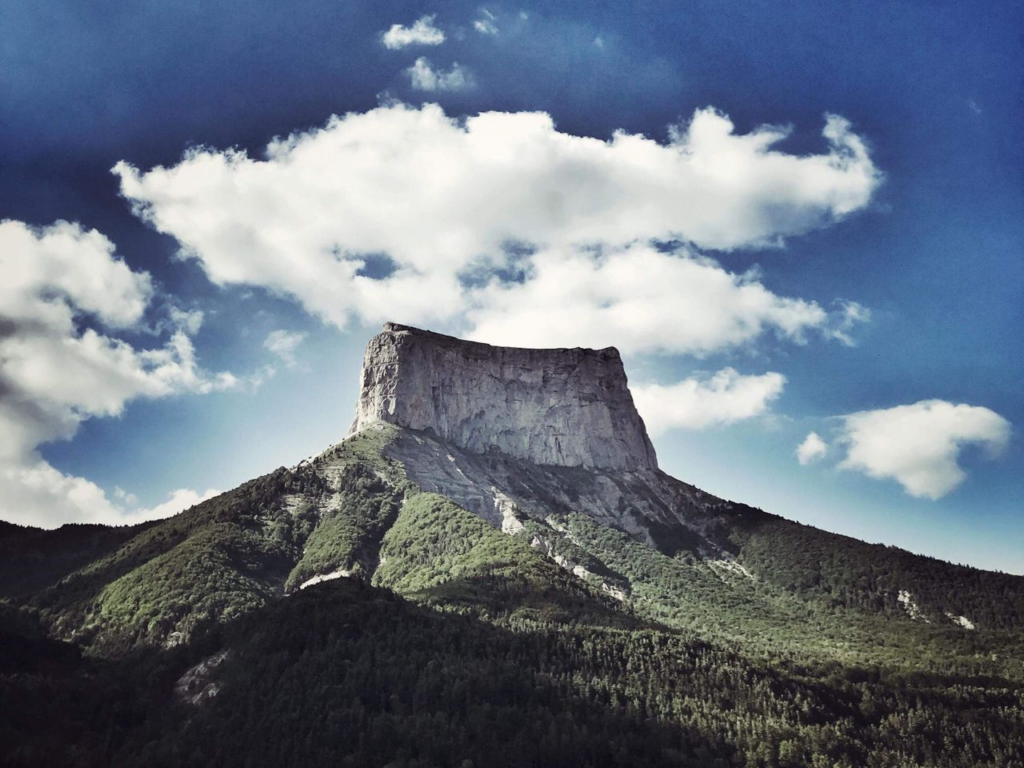
Despite the success of Antoine it took over a decade for the “modern climbing era” to began. This era began with the accent of Mont Blanc (shown below) in 1786 by Jacques Balmat and Michel Paccard, who climbed this mountain after a cash prize that was offered by Horace-Bénédict de Saussure for the first people to climb the mountain. This accent jumpstarted the modern era of climbing as they used ropes and anchors to get to the top allowing for falls to not be fatal increasing the amount of risk a climber could take and still go home at the end of the day. Today Mont Blanc is currently climbed thousands of times per year and not considered a particularly difficult climb modern climbers make use of cutting edge equipment as well as a cable car to skips most of the approach. Yet the system of setting a anchor or a fixed point in the rock and snow then tying the rope to it so a fall can be protected, is common place and most modern climbing techniques revolve around this idea. This system means that when a climber falls they probably wont die meaning that they are open to take bigger risks opening up many more mountains and routes to be climbed.
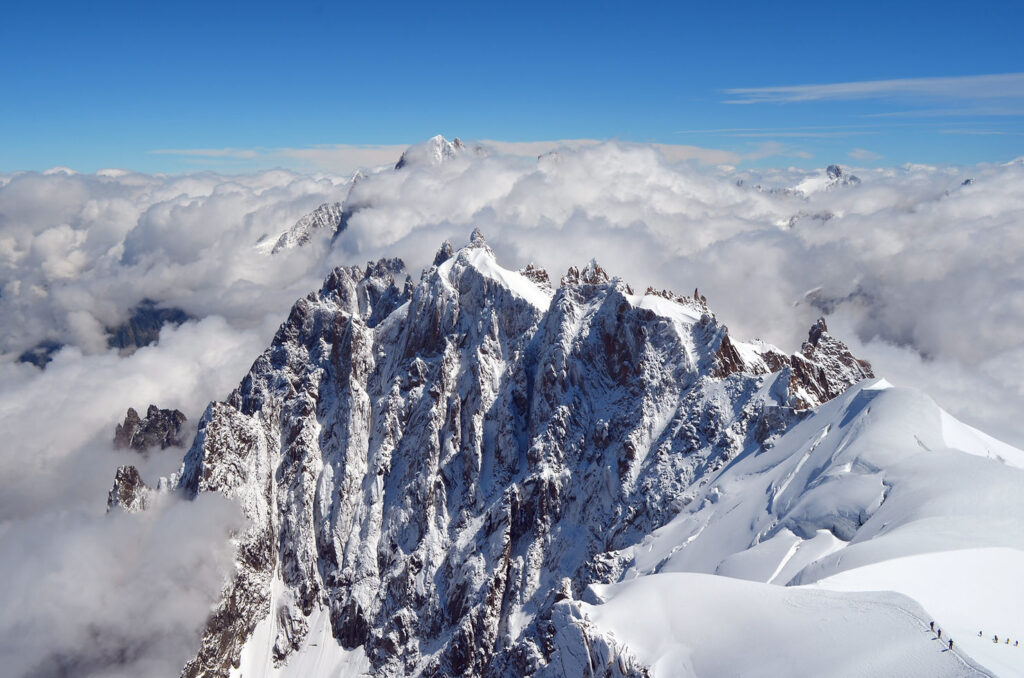
The new amount of risk associated with climbing meant that more than daredevil’s and men ordered by there king could climb mountains. Thus it became the thing to do in mid 17th century Britten. All those who were considered adventurers and rich enough to do it were did so.
Thus when Edward Whymper had the opportunity to try to be the first person to climb the Matterhorn (shown below) he took it. After a couple of attempts he made it summiting the mountain in 1865 and writing himself into the history books. Yet tragically on the way back down from the summit he slipped and fell dragging two of his teammates off the side of the mountain with him. After this accident queen Victoria considered banning all British citizens from climbing due to the risk. (fortunately she was talked down) This era of climbing changed the way that the world thought about climbing, it had gone from the thing that you did to find a place to build a house or to get across a mountain range, to a sport where people would go and climb mountains because they where there, beautiful, and a achievement.
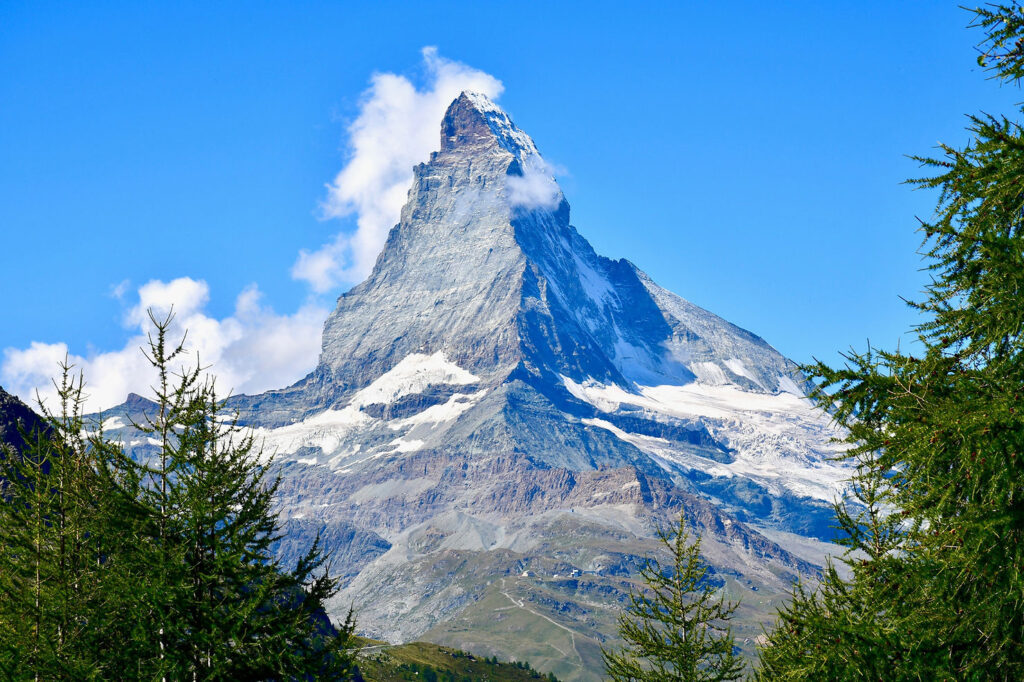
The invention of nylon rope in the 1930’s allowing to the assent of steeper harder climbs as they were lighter, stronger and easier to use than the older horse hair ropes. By 1953 the tallest mountain on earth (Mount Everest) was summited by Edmund Hillary, Tenzing Norgay.
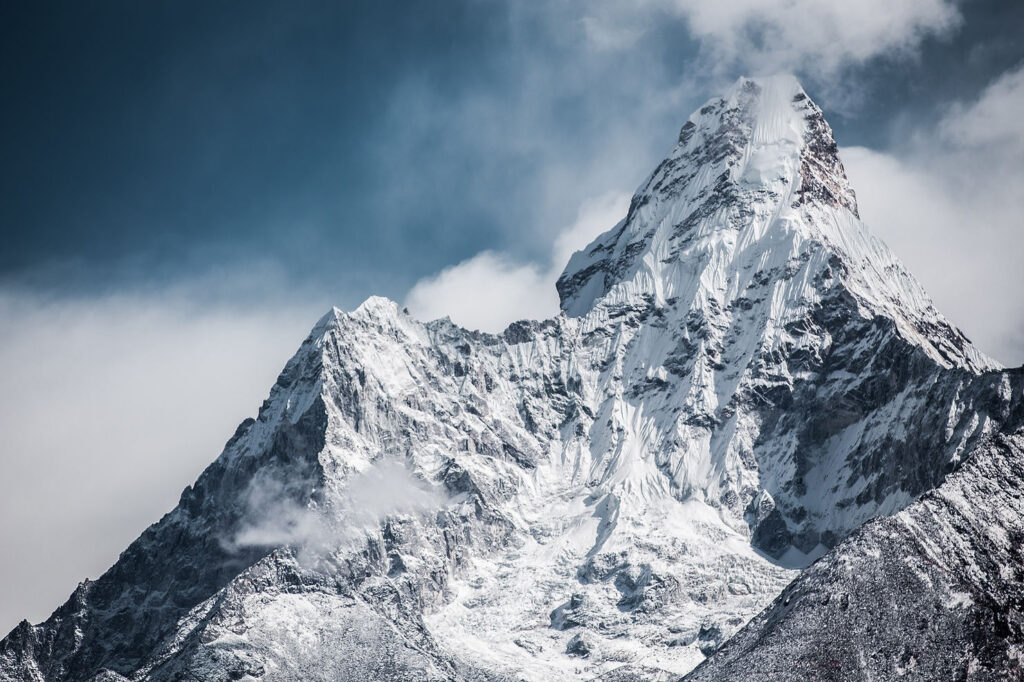
By the 1980’s further advancements like sticky rubber compounds and the curved ice axe meant that truly modern climbing began climbing became going up the side of a cliff rather than steep hikes with short pitches. Places like the Yosemite valley, El Dorado canyon, and many more cliffs suddenly became places where climbers would flock to climb the huge walls simply as recreation sometimes doing it many times because of the fun of it. All of this advancement and experience in the mountains meant that climbing had become common place and was fast becoming a family sport where people could recreationally climb rather than climbing for first accents due to the relatively low risk.
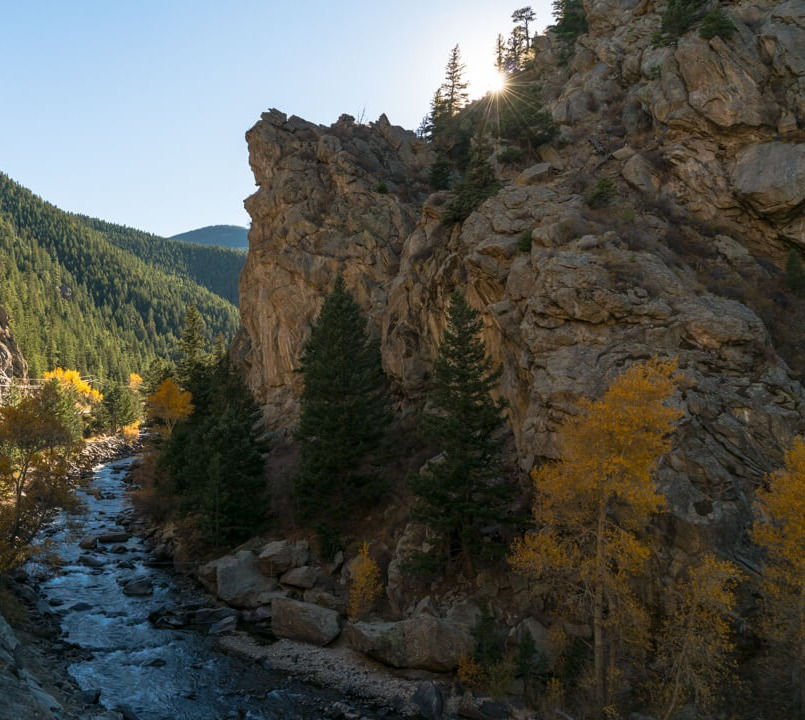
Finally we arrive at the current age of climbing, where the use of protection as well as modern advanced ropes means that climbing has become a thing that schools have camps on where children can began to do simply for fun. The growing outdoor industry has millions of people around the world climbing up tall steep and dangerous mountains on all 7 continents. Yet the way that we got here from the risky sport that climbing used to be where only the fittest and most daring people were willing to take on the risks of climbing. This drastic change is all due to those who came before us, so when you climb take a second to realize that while you are using state of the art gear the idea and basic techniques of climbing have been created through hundreds of years of human experience.
Sorces:
Edwards, Phil. “Mont Blanc’s First Ascent, and the Crazed Crystal Hunter Who Made It.” Vox, Vox, 8 Aug. 2015, www.vox.com/2015/8/8/9119081/mont-blanc-first-ascent.
“History of Rock Climbing.” Wikipedia, Wikimedia Foundation, 18 May 2021, en.wikipedia.org/wiki/History_of_rock_climbing.
Nelson, Paul. “Game Changers: Five Innovations and Inventions That Shaped Modern Climbing.” Game Changers: Five Innovations and Inventions That Shaped Modern Climbing | Rock Climbing Articles | Rockclimbing.com, 2015, rockclimbing.com/Articles/Climbing_History_and_Trivia/Game_Changers_Five_Innovations_and_Inventions_that_Shaped_Modern_Climbing_1610.html.
Pilson, Gaby. “History of Rock Climbing: The Climbing Guy.” The Climbing Guy Blog RSS, www.theclimbingguy.com/history-of-rock-climbing/.
Thorington, Monroe J. AAC Publications – The Story of Mont Aiguille, 1965, publications.americanalpineclub.org/articles/12196535900/The-Story-of-Mont-Aiguille.


Content Copyright © 2024 of Golden Mountain Guides. All rights reserved. | Privacy Policy | Site Map